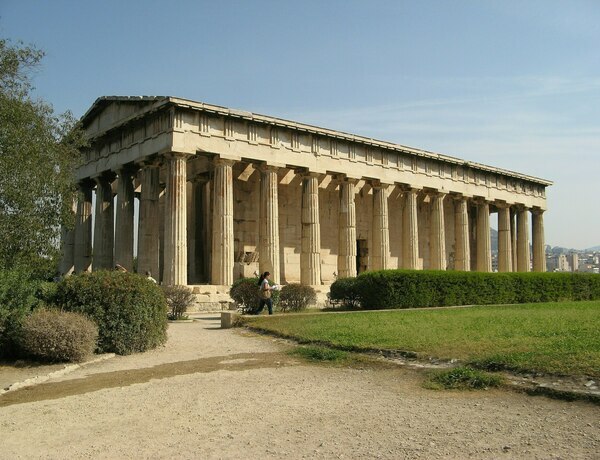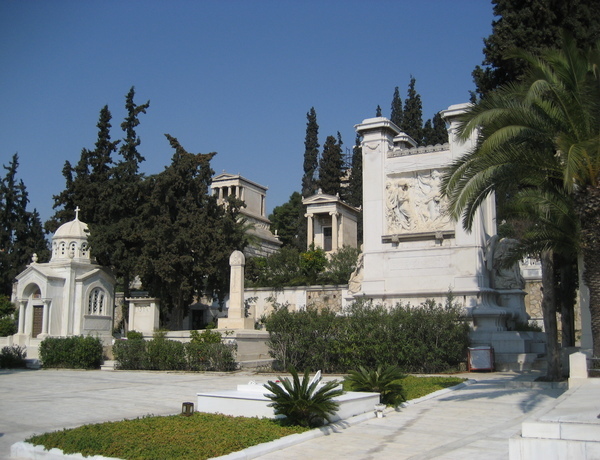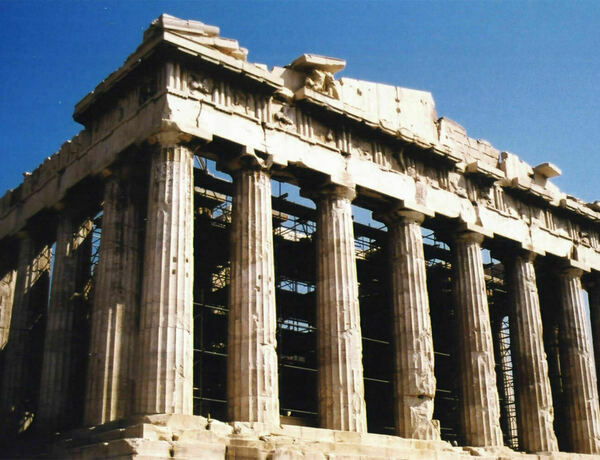
Posted by Filippos Fragkogiannis
Zappeion Hall, also known as the Zappeion Megaron, is a neoclassical building located in the heart of Athens, Greece. It was built in the late 19th century and is named after the Zappas brothers, who were wealthy Greek philanthropists.
The Zappeion Hall was designed by Danish architect Theophil Hansen and was originally built to host events for the revival of the Olympic Games in Athens in 1896. It was the first building in Greece to be constructed specifically for this purpose.
The building features a large central hall, surrounded by several smaller rooms and courtyards. It has a distinctive neoclassical design, with columns and ornate detailing inspired by ancient Greek architecture.
Over the years, the Zappeion Hall has been used for a wide range of events, including exhibitions, conferences, and cultural events. It has also been used as a filming location for several movies and television shows.
Today, the Zappeion Hall is a popular tourist attraction and an important cultural landmark in Athens. Visitors can explore the building and its grounds, attend events and exhibitions, or simply enjoy the beautiful neoclassical architecture and gardens.
Website
zappeion.gr
zappeion.gr





